10 Best Adventures of 2000
By:
November 30, 2020
Twenty years ago, the following 10 adventures from the Nineties (1994–2003) were first serialized or published in book form. They’re my favorite adventures published that year.
Please let me know if I’ve missed any adventures from this year that you particularly admire. Enjoy!
- China Miéville‘s New Crobuzon sci-fi/fantasy adventure Perdido Street Station. Miéville has said that he hopes to write a novel — a “weird” novel, that is — in every genre. Perdido Street Station already complicates that statement, inasmuch as the first installment in his New Crobuzon series is a hybrid of science fiction, fantasy, and horror. It’s also an impressive example of psychogeography and back-projected world-building. Perdido Street Station gives us New Crobuzon, a city-state on the planet Bas-Lag, a D&D-esque world where both thaumaturgy and steampunk technology exist, and in which many intelligent species coexist. From this starting point, Miéville conjectures a history in which some three millennia earlier, entities from another plane of existence ruled the planet for a few centuries… leaving behind technologies and structures (including, perhaps the titular industrial scrapyard, which has a mind of its own) over which today’s New Crobuzonites puzzle and scheme. If this reminds you of M. John Harrison’s Pastel City (1971), it should; Miéville is a fan. He’s also influenced by the original “weird” writers — William Hope Hodgson, Clark Ashton Smith, H.P. Lovecraft — to whose tentacular, cosmic-horror visions he pays homage here. The plot concerns the efforts of Yagharek, a birdlike creature who has had his wings chopped off (hello, Orlando Bloom’s character in Carnival Row), to fly again; along the way, he’ll transform from a victim into a hero. Isaac Dan der Grimnebulin, a scientist attempting to help Yagharek, inadvertantly creates a Mothra-like monster whose brood terrorizes New Crobuzon; a drug-dealing mob boss kidnaps Isaac’s girlfriend, an insect-like humanoid sculptor; and a spider-like creature that moves through dimensions, obsessed with patterns, gets involved, too! Fun facts: “Perdido Street Station is my attempt to simultaneously say, ‘Fuck you’ to fantasy, and to say to readers, ‘Please read some fantasy,'” Miéville once explained. The 900-page novel won the Arthur C. Clarke Award and the August Derleth Award; the Player’s Handbook for the Fifth Edition of Dungeons & Dragons (2014) cited the book as a source of inspiration.
- Iain M. Banks‘s Culture sci-fi adventure Look to Windward. The sixth Culture novel is loosely a sequel to the first, Consider Phlebas (1987); and it’s a perfectly good place to start reading the series. Like Excession (1996), it focuses on one of the AIs (or “Minds”) who create, guide, and protect the Culture’s privileged, long-lived, thrill-seeking human population. The Mind in question here is the “hub” of the Culture orbital Masaq’; as we tour the manmade ring-planet, we get a sense of what makes this Mind tick. Like all of Banks’s Culture novels, we’re also forced to question whether this utopian galactic society is justified in its efforts to influence non-Culture worlds. Our protagonist, Quilan, is a Chelgrian — a race of evolved tigers — whose wife and family were killed in a bloody civil war sparked by the Culture’s well-intentioned meddling. He’s traveled to Masaq’ in order to persuade a celebrated Chelgrian composer and political refugee to return home. He’s possessed, however, by the personality of a deceased Chelgrian general; and his true mission is something much more sinister. The ending is thrilling, and extremely saddening too. Fun facts: The title is a nautical phrase meaning “keep an eye out for enemies,” who would approach from windward — because the vessel situated in the direction from which the wind is blowing enjoys a tactical advantage. Banks borrows the phrase from a line, about Phlebas the Phoenician, who has died by drowning, in T. S. Eliot’s “The Waste Land.”
- Peter Carey’s historical adventure True History of the Kelly Gang. Ned Kelly was an Australian bushranger and gang leader, best known for wearing a suit of bulletproof armour during his final shootout. Carey’s fictionalized version of this Australian frontier yarn, written as Kelly’s own autobiography, is a harrowing life’s story. Ned’s father, an Irish convict transported to the colony of Victoria, Australia, is persecuted by the colonial police forces; he dies when Ned is 12. Ned’s mother, a handsome woman with many children to raise, takes the bushranger Harry Power as a lover; she persuades him to take on a reluctant Ned as an apprentice. The strong-willed boy quarrels with Harry and returns to his family, but not before learning how to rob stagecoaches and evade pursuit. Ned never gets any breaks, and he and his brother Dan are eventually forced to flee the authorities; joined by two friends, who later become known as members of the Kelly Gang, the young men rob banks, give money to the downtrodden… and kill some policemen. Cornered by dozens of policemen, the Kelly Gang constructs suits of armor. Ned’s autobiography is written just before the shootout. Fun facts: The novel, which won the Booker Prize and which has been called one of the best novels of the century, was adapted as a movie by Justin Kurzel in 2020. The film’s cast includes George MacKay as Kelly and Russell Crowe as Harry Power.
- Joe R. Lansdale’s crime adventure The Bottoms. Harry, an 11-year-old growing up on an East Texas farm during the Depression, is the son of Jacob Collins, the local constable — who is also a barber. When Harry, who as an old man narrates this story, finds a mutilated dead woman in the woods, his father’s investigation takes him out of his own jurisdiction. The local doctor, a racist, won’t bother examining the woman’s body, because she is colored… so Jacob consults a talented black doctor in a nearby community. Harry and his younger sister, “Tom,” suspect that the woman was killed by the Goat Man — a legendary local figure who lives in the Big Thicket. (There are a couple of tense moments, during the course of events, when Harry and Tom are tracked through the Big Thicket — by the Goat Man?) When other women are killed in a similar fashion, the white members of the community place the blame on an innocent black man, whom Jacob temporarily rescues; there is a To Kill a Mockingbird vibe to this coming of age story. There is a lynching, which deeply affects both Jacob and Harry. And the killer remains at large. Whom will he kill next — and can Harry and his sister help bring him to justice? Fun facts: Winner of the Edgar Award, presented by the Mystery Writers of America. Before Bill Paxton died in 2017, he was co-producing a movie adaptation. Its fate currently remains uncertain.
- Ken MacLeod’s Engines of Light sci-fi adventure Cosmonaut Keep. On the planet Mingulay, in the far future, a human colony coexists with other races, including the reptilian “saurs”… but they’ve lost the secrets of interstellar light-speed navigation — which are known only to the krakens, who don’t use computers. Assisted by the immortal, weed-smoking saur Salasso, the human scientist Grigor Cairns studies the kraken-like squids who inhabit Mingulay’s oceans; he also gets involved in a love triangle involving a fellow marine biologist and the beautiful daughter of a space trader. The book’s alternating story line is a cyberpunk political thriller set in Soviet-occupied Europe c. 2040. Matt Cairns, an Edinburgh programmer, and his American spy girlfriend, Jadey Ericson, hack into a secret facility on a remote asteroid… where highly advanced, space-dwelling, godlike associations of bacteria-sized entities have provided EU scientists with blueprints for a space drive. There is a trip to Area 51, and a sexy American test pilot. The stories connect: A starship from Earth arrived at Mingulay, but humans were banned from subsequent space-travel by the krakens. This is a less political MacLeod space opera — though it features plenty of leftist in-jokes, such as the programmers’ union called the Information Workers of the World Wide Web, or “Webblies.” Grigor’s breakthrough discovery left my head spinning. Fun facts: This is the first book in the Engines of Light trilogy, followed by Dark Light (2001) and Engine City (2002).
- Paul Jenkins and Jae Lee’s Sentry superhero comic story arc (2000–2001). Middle-aged, overweight, and alcoholic, Bob Reynolds doesn’t have much going for him… until he remembers that he was once the world’s first, mightiest superhero. Known as the Sentry, he was the Marvel Universe’s version of Superman; thanks to a special serum, he possessed the “power of one million exploding suns.” Reed Richards was his closest friend; he was the only friend the Hulk ever had; he taught Angel to fly. But his archenemy, the Void, is also nearly omnipotent; and as Reynolds begins to remember his adventures — Jae Lee ably imitates the comic-book art of each different era, including the Silver Age’s corny schtick — he also becomes aware that the Void, whom he had somehow vanquished, is now returning! Reynolds approaches various superheroes, to warn them, but nobody on Earth remembers him… at first. The dark, eerie story was published by the Marvel Knights imprint, which changed the game by focusing on strong stand-alone stories and high production quality rather than long-running story arcs and persnickety continuity. While Lee drew the main story, which holds up, the side flashbacks — some of which are a bit gratuitous and silly — were drawn by a variety of other artists.Fun facts: The Sentry’s eponymous Marvel Knights miniseries ran for five issues, then segued into a series of 2001 flashback one-shots such as Sentry/Hulk and Sentry/Spider-Man. The one-shot comic The Sentry vs. the Void (2001) wrapped up the character’s original arc. The comic’s creators also dreamed up a fictional publication history in the real world, complete with imaginary creators.
- Nalo Hopkinson’s Midnight Robber (2000). Hopkinson’s second novel is a brilliant, traumatic bildungsroman set on Toussaint, a world populated by the descendants of Caribbean colonists. It’s a comfortable post-scarcity planet, overseen by Granny Nanny, an AI which anticipates all needs, and serviced by nanotech robotic labor. Young Tan-Tan, daughter of Antonio, who is mayor of the Cockpit County, likes to pretend that she is the Midnight Robber — a Trinidadian traditional Carnival character; one of the narrative voices in Midnight Robber relates the stories of such romantic figures, in Anglopatwa, a future-Caribbean dialect. (If you enjoy puzzling over the patois of A Clockwork Orange, Riddley Walker, or Feersum Endjinn, this book is for you.) When Antonio takes her with him into exile in New Half-Way Tree, a primitive, alternate-dimension Toussaint, Tan-Tan must quickly learn to survive. With the help of the douen, New Half-Way Tree’s indigenous inhabitants, and friends she meets on the run, she develops into the titular bad-ass. Which makes this sound like a Heinlein juvenile… but it’s more beautifully written than that, and much darker. Tan-Tan’s real life is anything but romantic; however, as she becomes a vigilante justice-dealer, she herself becomes the subject of legends.Fun facts: Hopkinson, who was born in Jamaica and grew up partly in Trinidad, incorporates characters and stories from Caribbean and Yoruba culture into her books, of which is the second. The planet New Half-Way Tree’s name, for example, refers to a neighborhood of Kingston, Jamaica.
- Emmanuel Guibert and Joann Sfar’s Sardine de l’espace sci-fi children’s comic Sardine in Outer Space (2000–ongoing). Sardine, who like Pippi Longstocking is a red-haired, feral gal with surprising abilities and an irrepressible spirit, roams the galaxy in her pirate uncle’s rattletrap spaceship, the Huckleberry. She dresses like a witch, and totes a black cat familiar around. Captain Yellow Shoulder, a burly corsair with a soft spot for orphans, carries Sardine, her cousin Little Louis, and their pals into one scrape after another — often one involving his nemeses, the child-hating villain Supermuscleman (Chief Executive Dictator of the Universe) and the reptilian criminal genius Doc Krok. Sfar, whose Donjon series (with Lewis Trondheim) I’ve also touted, illustrated the first eight Sardine stories, which were written by Guibert. He, Guibert, and Mathieu Sapin have alternated as illustrator since then; at least until 2008, after which Sfar dropped out. Like the Donjon stories, Sardine’s adventures — which involve cosmic squids, talking clouds, and a violent virtual-reality game called No-Child-Left-Behind-School II — are wildly imaginative. In the tradition of Goscinny and Uderzo, there are gags, puns, and pop-cultural references galore. Fun facts: There’s an animated version, which premiered in May 2020; I don’t believe it’s available in English.
- Trondheim and Larcenet’s apophenic sci-fi comic Les cosmonautes du futur (Astronauts Of The Future, 2000). Lewis Trondheim is best known for his epic series Donjon (Dungeon), which he created with Joann Sfar; his Les formidables aventures de Lapinot (The Spiffy Adventures of McConey) is another great series. He wrote the script for this story, which is illustrated in a cute yet action-packed style by fellow French cartoonist Manu Larcenet. Two precocious, lonely kids, Gil and Martina, independently determine that their feelings of alienation must indicate that everyone else — classmates, parents, the entire population of their town — is not human. Gil believes they’re robots; Martina is equally sure they’re aliens. Are they Calvin-like tykes with over-active imaginations, or might they be onto something? And if not the former, then for whom is this comic intended… because it quickly ceases to be merely cute. It’s a funny story, but also an increasingly complex and fast-paced thriller… One is reminded of Frank Miller and Geof Darrow’s Hard Boiled, and of PKD novels beloved in France. But one is also reminded of Harriet the Spy. It’s a great combo. I wish the English-language edition included all three of the French albums, but the first two are satisfying on their own. Fun facts: There appears to be a third volume available, here. But only in digital form….
- Tim Wynne-Jones’s YA mystery The Boy in the Burning House. Young Jim Hawkins, who lives on a farm in rural Canada with his mother, is still struggling to come to terms with his father Hub’s disappearance, over a year earlier; supposedly, he killed himself — but Jim doesn’t believe it. Then the disturbed stepdaughter of Father Fisher, the charismatic pastor of Jim’s church, turns up at the farm and tells him that “Father” — who’d been a childhood friend of Hub’s — is a killer. Jim begins to snoop around, and learns that Hub and Fisher were somehow involved with the death of a local young man, who thirty years earlier was trapped in the titular burning house. Although we never really doubt that Rose is telling the truth, it’s a tense, atmospheric story with a terrifying villain. PS: Although our protagonist shares the name of the hero of Treasure Island, the book’s scary ending — set in a maze-like cave — is more reminiscent of the Injun Joe section of The Adventures of Tom Sawyer. Fun facts: Winner of the Edgar Award for Best YA Mystery.
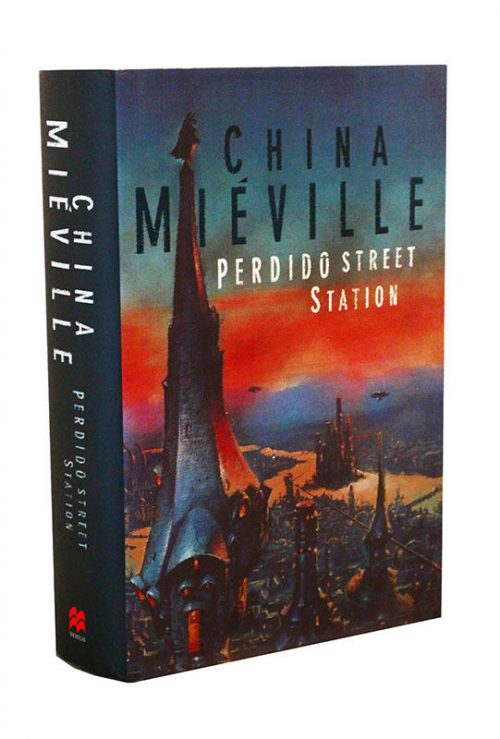


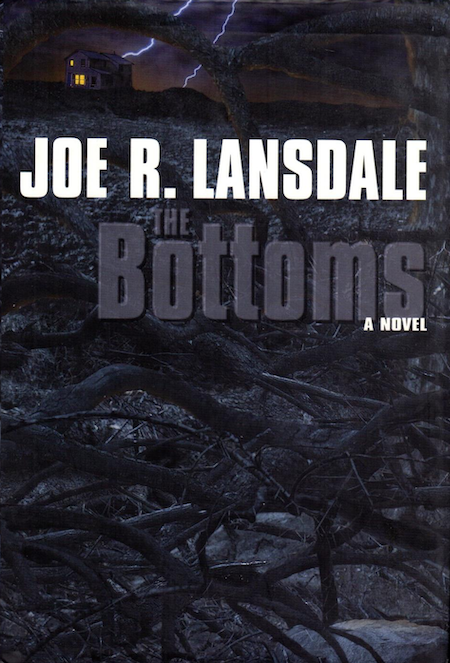
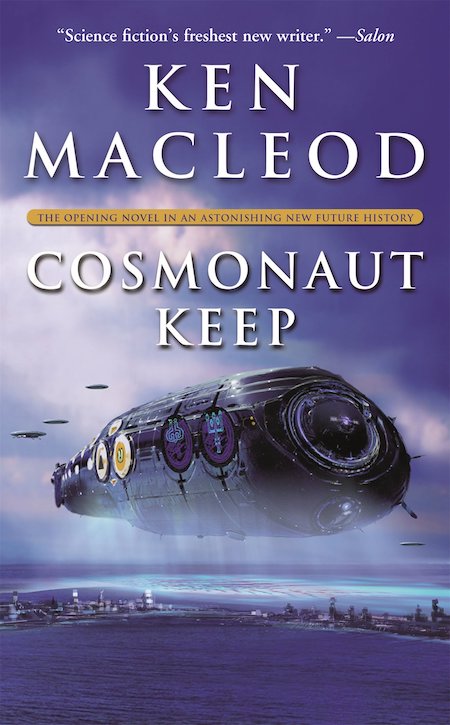
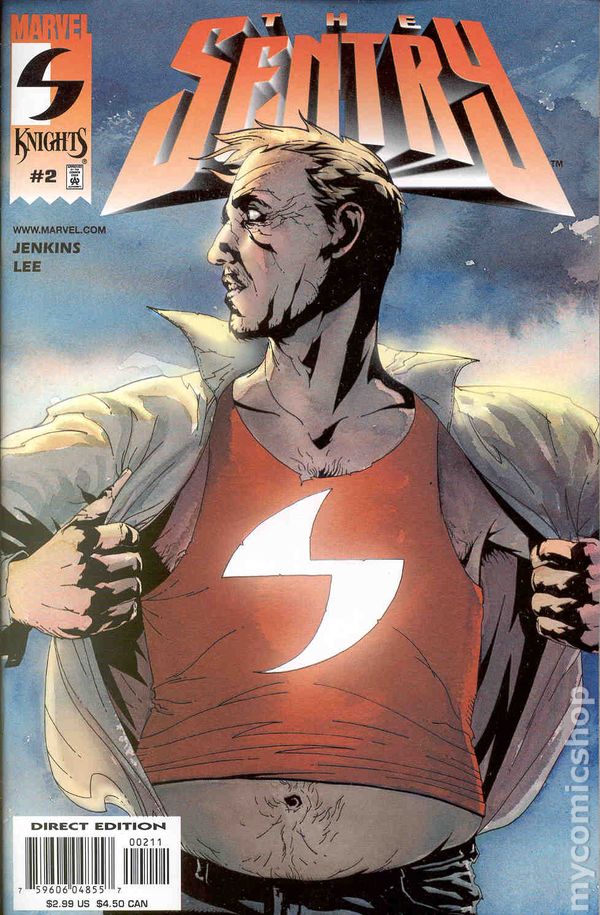
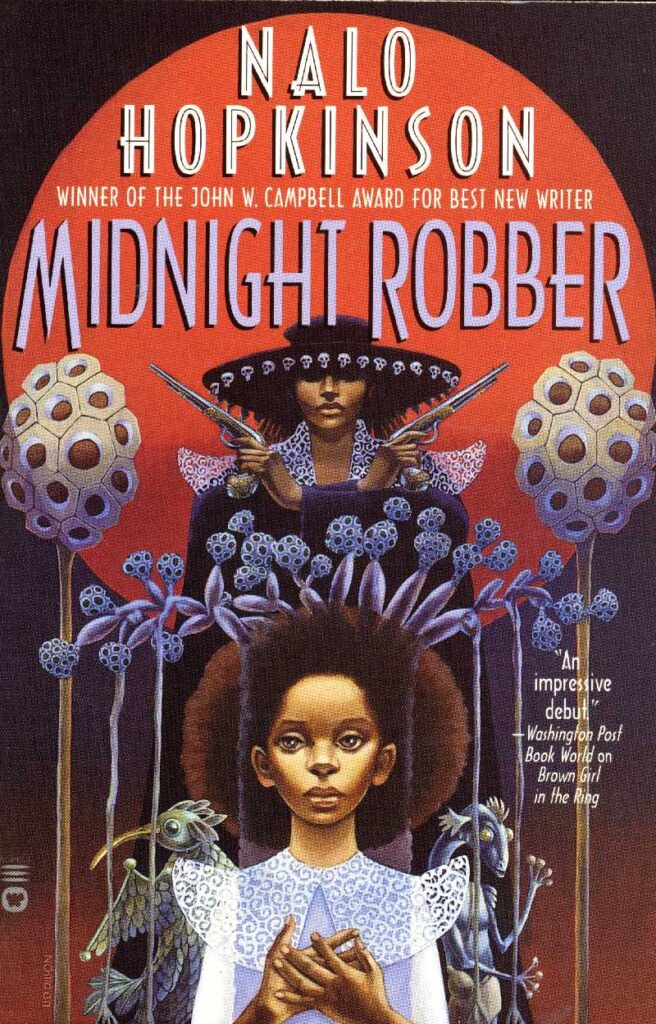
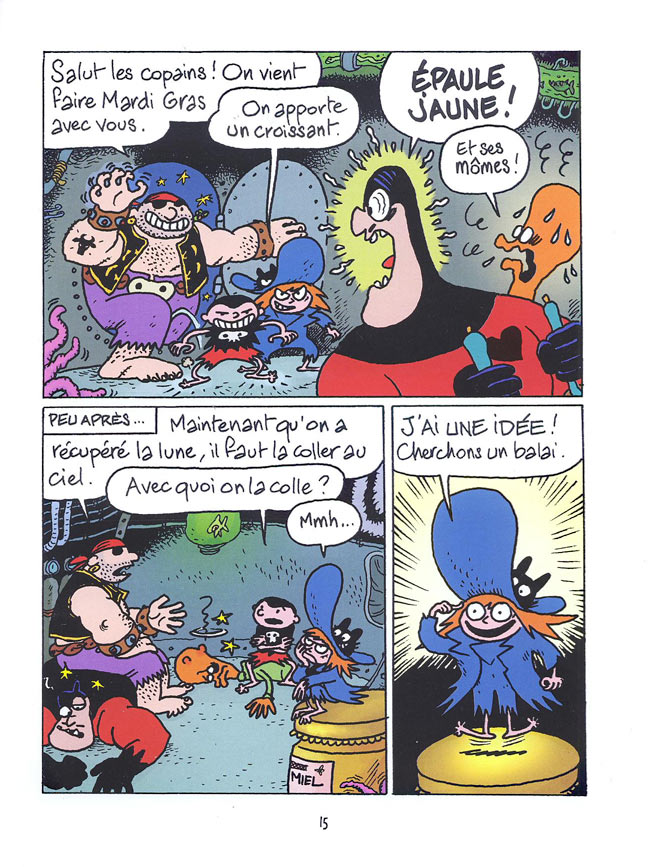
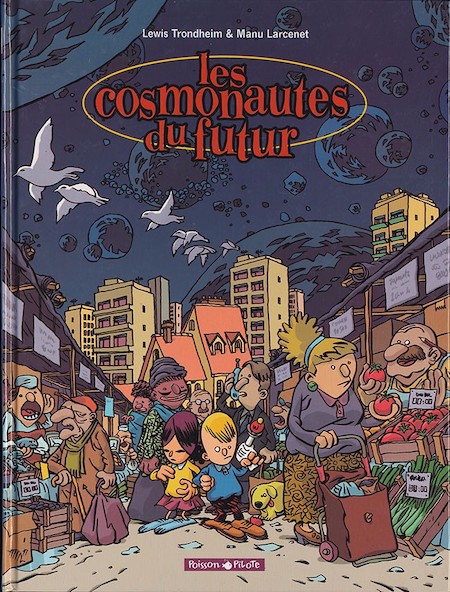
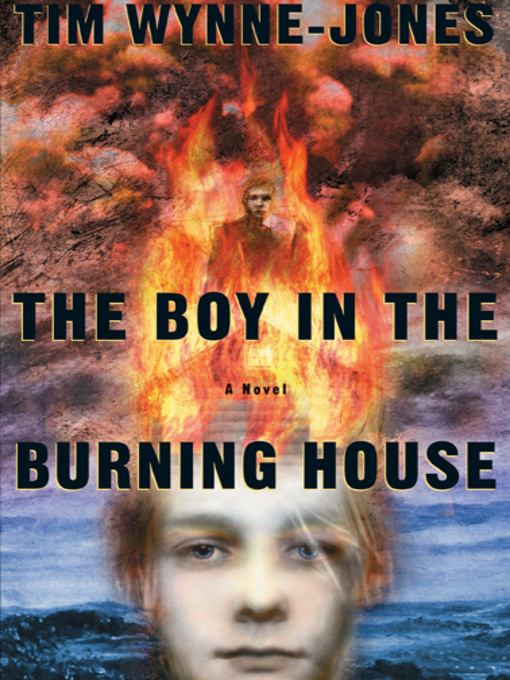
JOSH GLENN’S *BEST ADVENTURES* LISTS: BEST 250 ADVENTURES OF THE 20TH CENTURY | 100 BEST OUGHTS ADVENTURES | 100 BEST RADIUM AGE (PROTO-)SCI-FI ADVENTURES | 100 BEST TEENS ADVENTURES | 100 BEST TWENTIES ADVENTURES | 100 BEST THIRTIES ADVENTURES | 75 BEST GOLDEN AGE SCI-FI ADVENTURES | 100 BEST FORTIES ADVENTURES | 100 BEST FIFTIES ADVENTURES | 100 BEST SIXTIES ADVENTURES | 75 BEST NEW WAVE SCI FI ADVENTURES | 100 BEST SEVENTIES ADVENTURES | 100 BEST EIGHTIES ADVENTURES | 75 BEST DIAMOND AGE SCI-FI ADVENTURES | 100 BEST NINETIES ADVENTURES | 75 BEST HADRON AGE SCI-FI ADVENTURES | NOTES ON 21st-CENTURY ADVENTURES.
